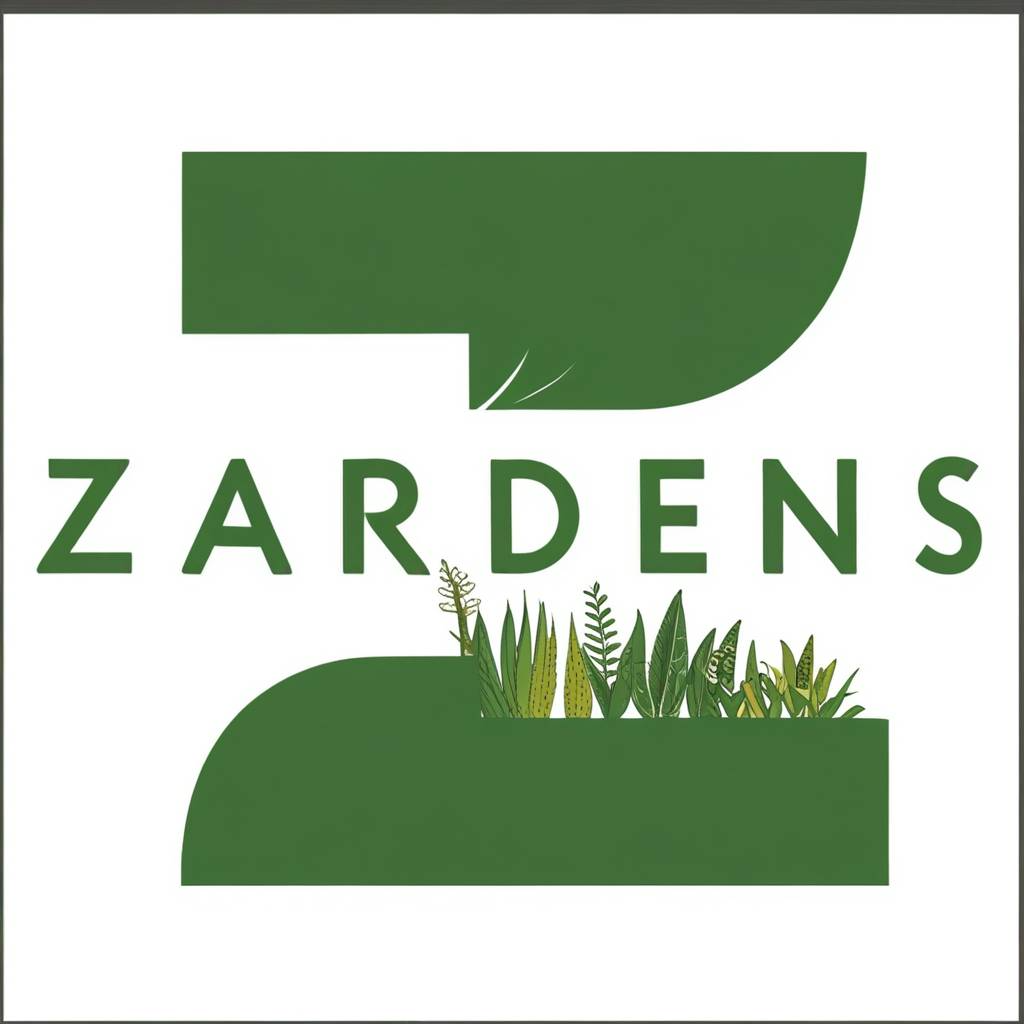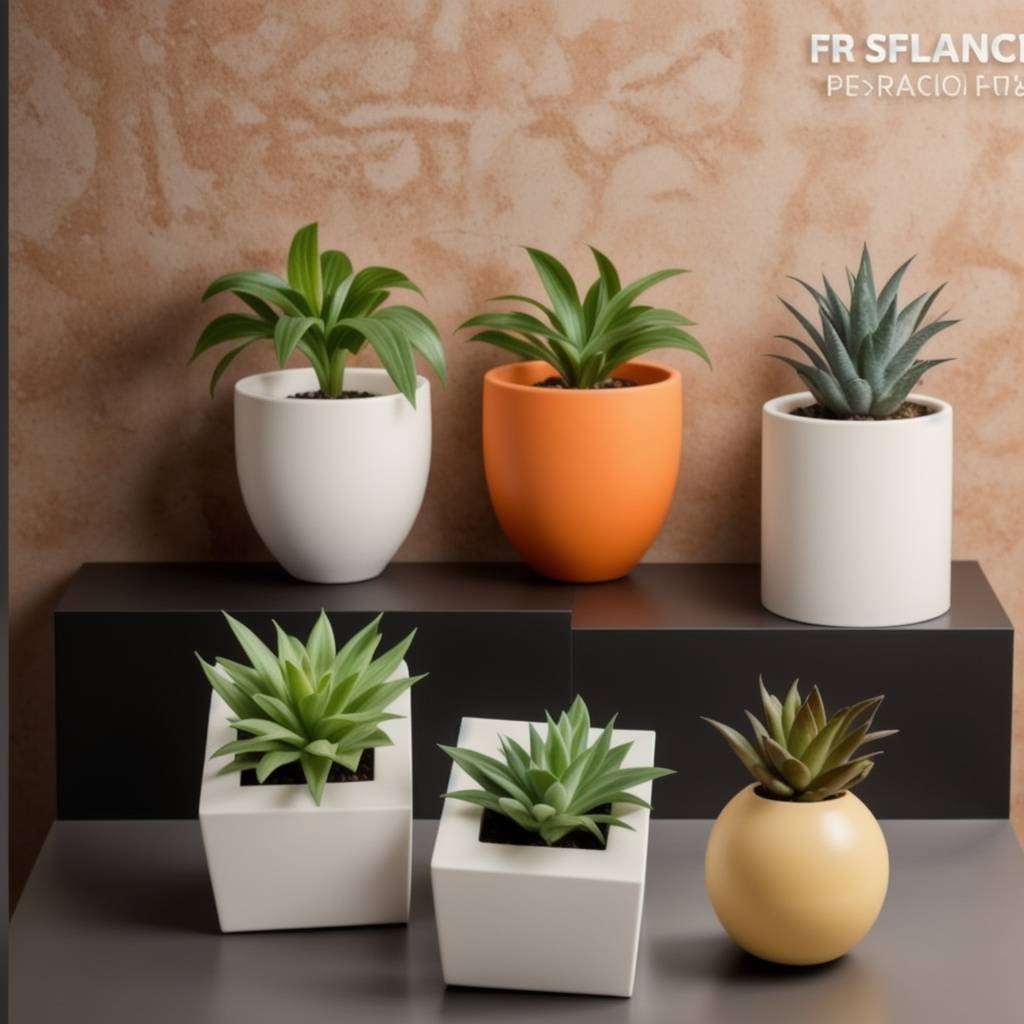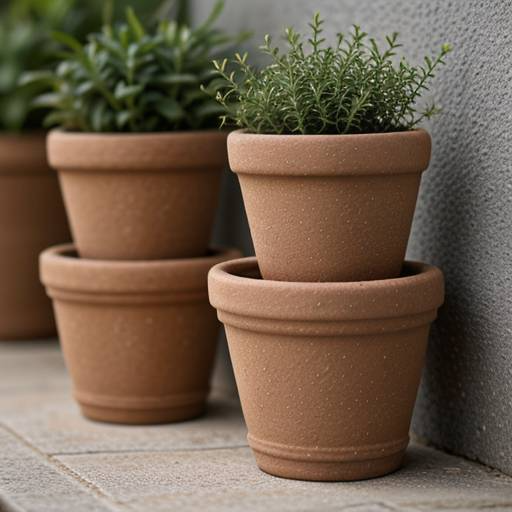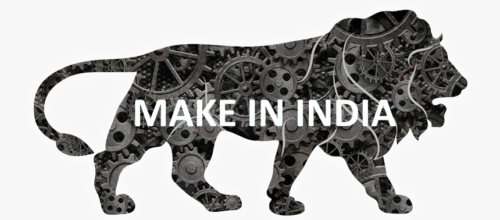It’s time to dive into the wonderful world of planters! From fiberglass to hanging baskets, there’s a plethora of options out there to suit every plant parent’s needs. In this comprehensive guide, we’ll explore the seven most popular planters, their advantages, disadvantages, and even throw in a handy comparison chart to make your decision-making process a breeze. So grab your gardening gloves and let’s get started!






At their core, planters provide a controlled environment for plants to thrive, whether indoors or outdoors. They offer a contained space for roots to grow, soil to retain moisture, and plants to establish themselves securely. By using planters, gardeners can create lush and vibrant displays in areas where traditional gardening may not be feasible, such as balconies, patios, or even windowsills.
While selecting planters, there are several attributes to consider. Size is crucial, as it determines the amount of space available for plant roots to grow and expand. Drainage is another essential factor, as it prevents waterlogged soil and root rot, ensuring the health and longevity of your plants. Material choice, such as fiberglass, plastic, terracotta, or wood, can impact durability, aesthetics, and even insulation properties.
Here we will look at seven Types of most used planters, their advantage and Disadvantages along with comparison chart showing major factors to choose perfect Planters for your Plants.
Want to customise/choose Planters for your beloved Plants click here: https://zardens.com/enquiry/
Things to conside Before Finalishing Your Plant Mate
- Looking for Indoor/Outdoor
- Climate Condision at your Place
- Types Of plants you want to Grow
- Size Of Property/landscape
- Customization Avalaiblity
The Ultimate Guide: Choosing the Perfect Pot for Your Plants
1. Fiberglass Planters: The Lightweight Wonder
Fiberglass Pots
Fiberglass planters are like the superheroes of the gardening world—lightweight yet incredibly strong. These pots are perfect for those who love to rearrange their outdoor oasis frequently without breaking a sweat. Their sleek and modern designs add a touch of sophistication to any space, making them a favorite among urban gardeners. However, beware of extreme temperatures, as fiberglass can expand and contract, potentially causing cracks over time.
Advantages:
- Lightweight and easy to move around.
- Resistant to cracking and weather damage.
- Sleek and modern design options available.
Disadvantages:
- May be more expensive than some other materials.
- Prone to fading in direct sunlight over long time.
2.Plastic Planters: Budget-Friendly and Versatile

Plastic Pot
Plastic planters are the unsung heroes of gardening—they’re affordable, lightweight, and come in a variety of shapes and sizes. Whether you’re growing herbs on your kitchen windowsill or creating a colorful display on your patio, plastic pots have got you covered. Plus, they’re a breeze to clean and maintain. The only downside? Some may find the look of plastic less appealing compared to other materials.
Advantages:
- Affordable and widely available.
- Lightweight and easy to transport.
- Comes in a variety of colors, shapes, and sizes.
Disadvantages:
- Less environmentally friendly compared to other materials.
- Prone to becoming brittle and cracking over time.
- Can degrade in extreme temperatures.
3. Terracotta Planters: Rustic Charm with a Mediterranean Flair
Terracotta Pots
Terracotta planters have been gracing gardens for centuries, and for good reason. Their warm, earthy tones and classic designs exude rustic charm, adding a touch of Mediterranean flair to any outdoor space. These pots are also porous, allowing for better airflow to your plant’s roots. However, terracotta can be prone to cracking in freezing temperatures, so be sure to bring them indoors during the winter months.
Advantages:
- Porous material allows for better airflow to plant roots.
- Provides a classic and rustic aesthetic.
- Retains moisture well, helping to regulate soil temperature.
Disadvantages:
- Susceptible to cracking in freezing temperatures.
- Heavier and more fragile than some other materials.
- Requires more frequent watering due to porous nature.
4. Concrete Planters: Industrial Chic with Durability

Concrete Pots
Concrete planters are the epitome of industrial chic, adding a modern edge to gardens, patios, and even indoor spaces. Not only are they incredibly durable, but they also provide excellent insulation for your plants, keeping them cozy during chilly nights. However, their weight can be a drawback, especially if you like to move your plants around frequently. Additionally, concrete pots may require sealing to prevent water damage and staining.
Advantages:
- Extremely durable and long-lasting.
- Provides excellent insulation for plant roots.
- Offers a modern and industrial aesthetic.
Disadvantages:
- Heavy and difficult to move once in place.
- May require sealing to prevent water damage and staining.
- Limited variety in shape and size compared to other materials.
5. Metal Planters: Sleek and Stylish with a Hint of Edge

Metal Pot
Metal planters are the epitome of sleek and stylish, adding a touch of edge to any garden or patio. Whether you prefer the industrial look of galvanized steel or the modern appeal of brushed aluminum, metal pots offer durability and versatility in spades. Plus, they’re excellent at retaining moisture, keeping your plants happy and hydrated. Just be cautious of rust, especially if you live in a humid climate.
Advantages:
- Sleek and modern design options available.
- Resistant to weather damage and corrosion.
- Provides good drainage for plant roots.
Disadvantages:
- Can retain heat, potentially overheating plant roots.
- Prone to rusting, especially in humid environments.
- Limited insulation properties compared to other materials.
6. Wooden Planters: Natural Elegance with Timeless Appeal
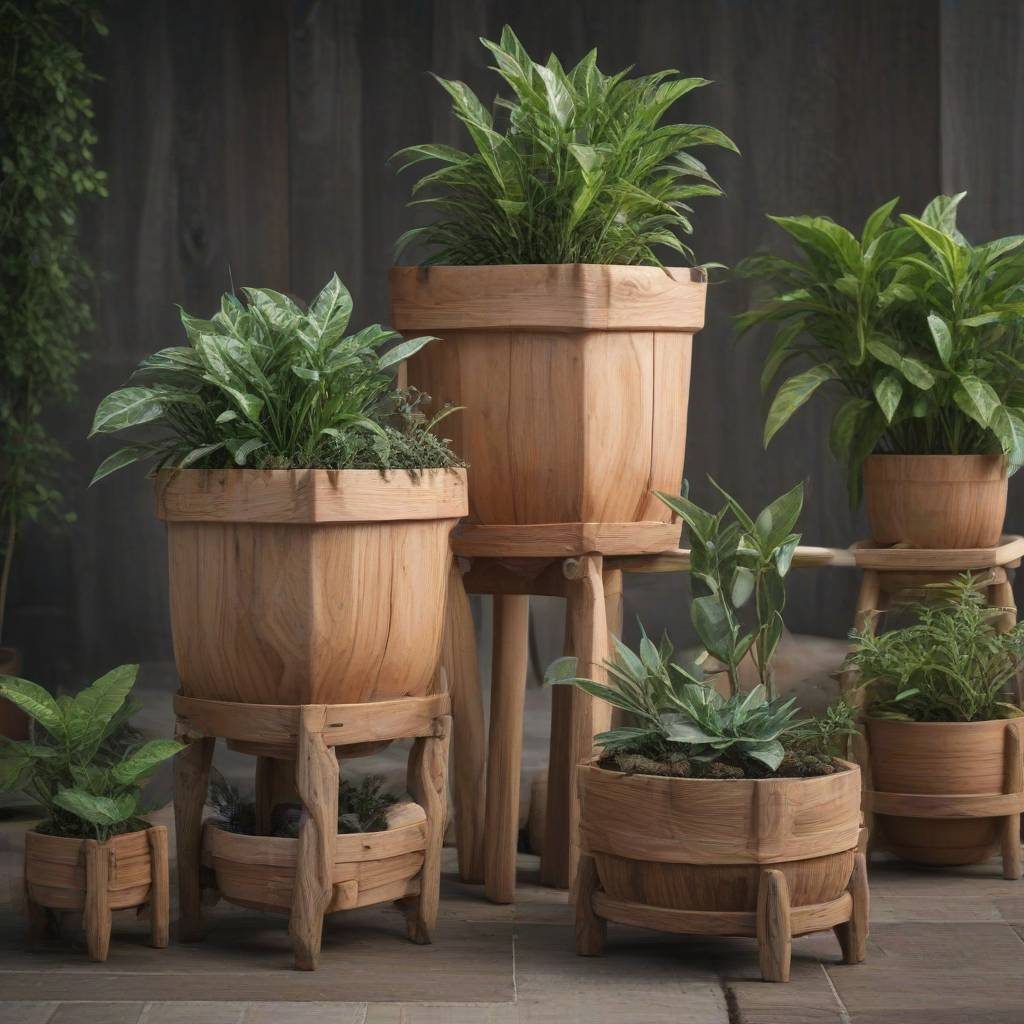
Wooden Pots
Wooden planters bring a touch of natural elegance to any outdoor space, evoking a sense of rustic charm and timeless appeal. Whether you opt for cedar, teak, or redwood, wooden pots add warmth and character to your garden or patio. Plus, wood is a natural insulator, helping to regulate soil temperature and moisture levels. However, wooden planters may require more maintenance, such as sealing or staining, to prolong their lifespan.
Advantages:
- Natural and rustic aesthetic.
- Provides good insulation for plant roots.
- Can be easily customized and stained to match any décor.
Disadvantages:
- Prone to rotting and decay over time, especially if not properly treated.
- Heavier and less durable than some other materials.
- Requires more maintenance, such as sealing or staining, to prolong lifespan.
7. Hanging Baskets: Elevate Your Greenery to New Heights

Hanging Basket
Hanging baskets are the ultimate space-saving solution for plant lovers with limited outdoor real estate. These versatile containers allow you to hang your greenery from fences, pergolas, or even ceiling hooks, adding vertical interest to your garden or patio. Whether you’re growing trailing vines, colorful flowers, or fragrant herbs, hanging baskets provide the perfect canvas for your botanical creations. Just be mindful of watering, as hanging pots can dry out more quickly than traditional planters.
Advantages:
- Space-saving solution, perfect for small gardens or balconies.
- Adds vertical interest to outdoor spaces.
- Easy to change and rearrange plant arrangements.
Disadvantages:
- Requires frequent watering, as soil can dry out quickly.
- Limited root space for plants to grow.
- Can be susceptible to damage from wind or heavy rain.
Choosing the Perfect Planter: Showing Summery of advantage and Disadvantage
| Planter Type | Advantage | Disadvantage |
|---|---|---|
| Fiberglass | Lightweight, modern designs | Prone to cracking in extreme temperatures |
| Plastic | Affordable, versatile | Less visually appealing to some |
| Terracotta | Rustic charm, porous | Susceptible to cracking in freezing temps |
| Concrete | Durable, excellent insulation | Heavy, may require sealing |
| Metal | Sleek, stylish, moisture-retentive | Prone to rust, especially in humid climates |
| Wooden | Natural elegance, insulating | Requires maintenance, may rot over time |
| Hanging Baskets | Space-saving, versatile | Requires frequent watering, limited root space |
With this comprehensive guide and comparison chart in hand, you’re well-equipped to choose the perfect planter for your beloved botanicals. So go ahead, let your green thumb run wild, and watch your garden flourish in its new stylish digs!
Here’s a comparison chart to choose Best planter, based on various factors:
| Planter Type | Durability | Lightweight | Indoor/Outdoor | Insulating | UV Protection | Environment Friendly | Variety in Shape/Size | Quality | Professional Look | Cost-Effective |
|---|---|---|---|---|---|---|---|---|---|---|
| Fiberglass | High | Very | Both | Low | Yes | Yes | Wide variety | Excellent | Professional | Moderate |
| Plastic | Moderate | Very | Both | Low | Some | Yes | Wide variety | Variable | Moderate | Very |
| Wooden | Moderate-High | Moderate | Both | High | No | Yes | Limited | Variable | Rustic | Moderate-High |
| Terracotta | Moderate | Moderate | Both | Moderate | No | Yes | Limited | Good | Rustic | Moderate |
| Metal | High | Moderate | Both | Low | Some | Some | Limited | Good | Modern | Moderate-High |
| Concrete | Very High | Low | Both | High | Yes | Some | Limited | Excellent | Industrial | Moderate-High |
| Hanging Baskets | Moderate | Very | Outdoor | Low | No | Yes | Limited | Variable | Casual | Very |
Consider your specific needs and preferences when choosing the right one for your plants and gardening style.
Why fiberglass planters can be a better option? compared to other materials available in the market!
- Lightweight: These planters are incredibly light, making them easy to move around and rearrange in your garden or home.
- Durable: it’s sturdy material that can withstand outdoor elements such as rain, wind, and sun exposure without deteriorating.
- Versatile designs: It comes in a wide range of shapes, sizes, and styles, allowing you to find the perfect option to complement your decor or landscaping theme.
- Modern aesthetics: Fiberglass planters often feature sleek and contemporary designs, adding a touch of sophistication to any space.
- Weather-resistant: Unlike some other materials like terracotta or wood, fiberglass is not prone to cracking, chipping, or rotting when exposed to extreme temperatures or moisture.
- Low maintenance: It require minimal upkeep compared to natural materials like wood, which may need to be sealed or treated regularly to maintain their appearance.
- Customizable finishes: It can be easily painted or finished to mimic other materials such as stone or metal, giving you the flexibility to achieve the look you desire.
- Insulating properties: Fiberglass provides insulation for plant roots, helping to regulate soil temperature and prevent rapid fluctuations that can stress plants.
- Long-lasting investment: Due to their durability and resistance to wear and tear, fiberglass planters can be considered a long-term investment that will continue to enhance your space for years to come.
- Eco-friendly options: Many fiberglass planters are made from recycled materials, making them a sustainable choice for environmentally-conscious gardeners.
In conclusion, selecting the ideal planter for your plants is crucial for their well-being and your gardening enjoyment. By considering above factors you can make an informed decision that enhances both the beauty and health of your botanical companions. Happy planting!
